Taj, Tigers, Temples & Rajasthan's Palaces
- Return flights from London
- 13 nights in 4 and 5-star and heritage hotels plus 1 night in flight
- 13 breakfasts, 5 lunches, 13 dinners and welcome drink
Mon-Fri: 0900 - 1800
Sat: 0900 - 1700
Sun & BH: Closed
Explore the wonders of the west on a holiday that includes both a luxurious journey on the Rocky Mountaineer train and an unforgettable Alaskan cruise.
Iconic cities, famous landmarks and natural wonders are waiting to be discovered as you journey from Melbourne to Brisbane.
The Society’s Collections comprise over 11,500 items specifically relating to the historical geography of India & Nepal, dating from the 17th century to the present day.
Highlights include over 18,000 photographs taken during the nine British Mount Everest expeditions between 1921 and 1953, which saw Tenzing Norgay and Edmund Hillary become the first two people to stand on the summit of the world’s highest mountain. The Society’s archives also includes a wonderful series of photographic images documenting Eric Newby’s journey down the Ganges, many of which were published in his 1966 masterpiece, Slowly down the Ganges and the leather specimen collecting bag used by Sir Joseph Hooker during his journeys in the region.
In the footsteps: Samuel Bourne | In the footsteps: Fanny Bullock Workman | In the footsteps: Robert Armitage Sterndale | In the footsteps: Raj Man Singh Chitrakar
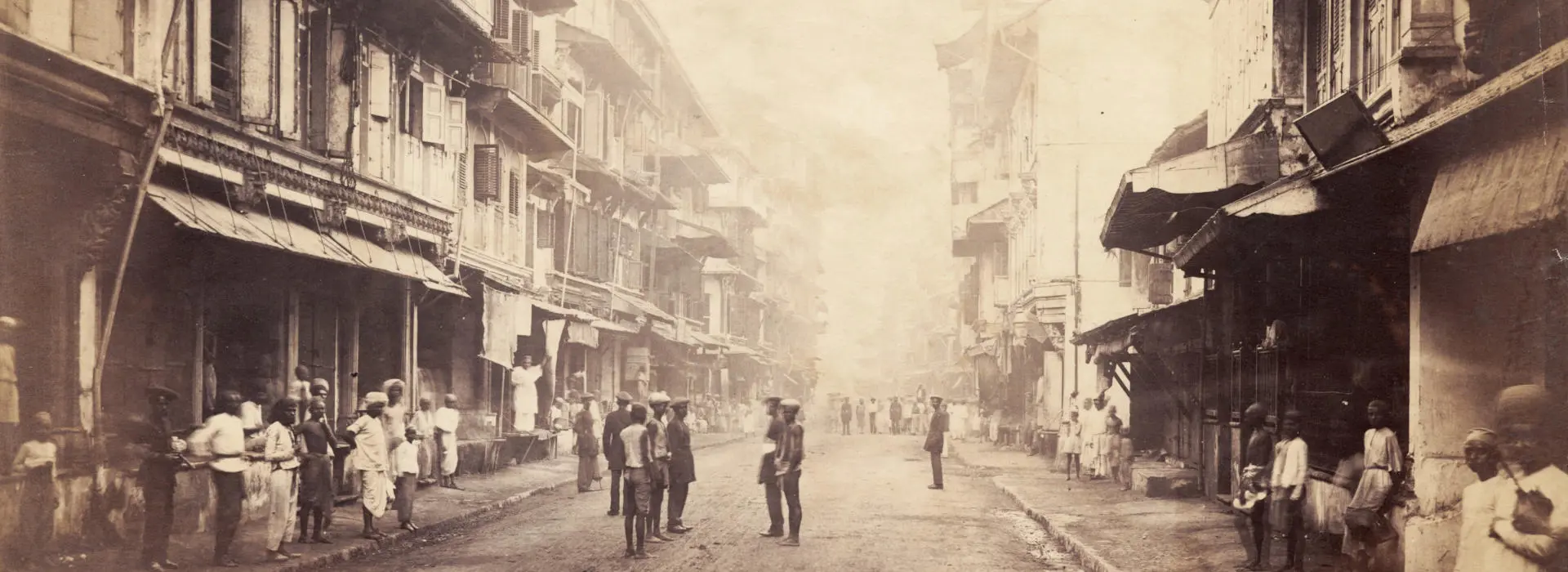
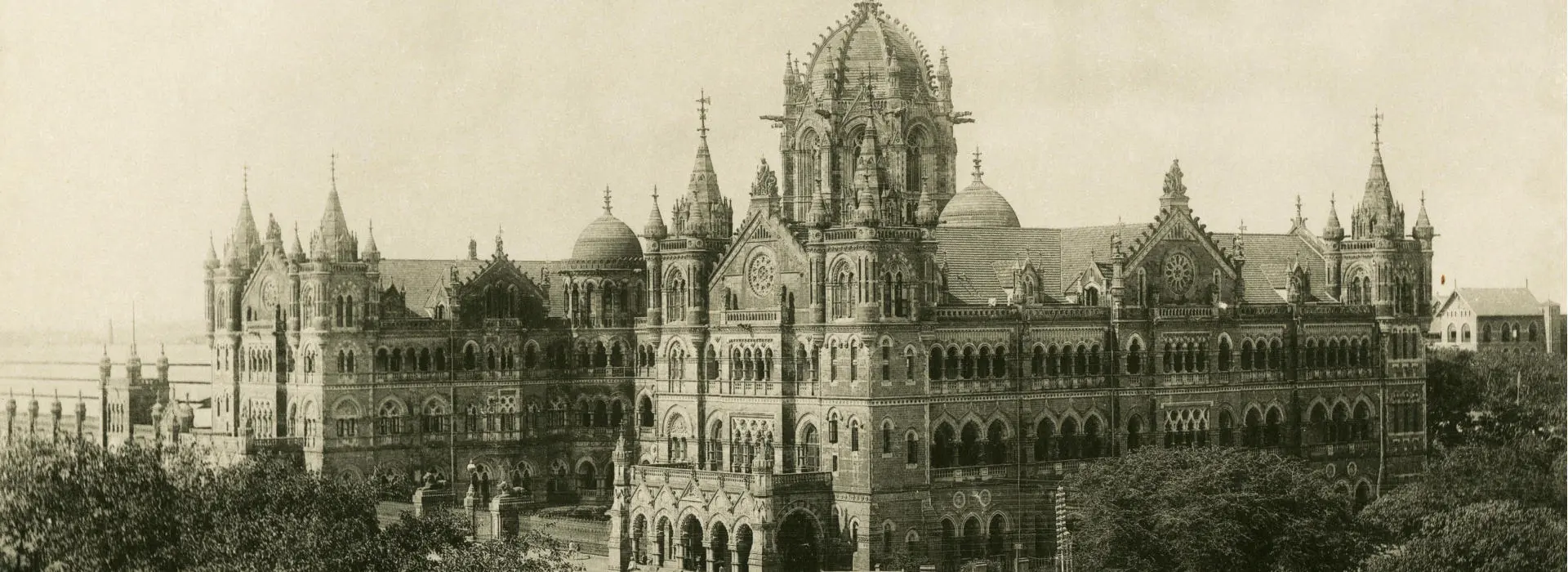
Regarded as one of the finest commercial photographers of the 19th century, Samuel Bourne spent six years photographing the landscape and architecture of India and the western Himalayas. Whilst working as a bank clerk in Nottingham in 1855, Bourne decided to take up a new hobby – photography, purchasing his first camera at a cost of £5. In 1858 he took a photographic tour of the Lake District and exhibited his photographs in Nottingham and London, receiving recognition at the London International Exhibition in 1862. Following this success, Bourne gave up banking and set sail for India to work as a professional photographer in Shimla, later establishing the photographic firm Bourne & Shepherd. From Shimla, he embarked on three successive photographic expeditions to the Himalayas, journeys which he described in detail in articles in The British Journal of Photography.
Bourne’s third expedition was his most ambitious, travelling into the Himalayas with the aim of reaching and photographing the source of the Ganges. Accompanied by G.R. Playfair, a geologist and botanist, Bourne and eighty porters travelled to an altitude of 18,600 feet, setting a record for the highest altitude photography, and reaching the Gangotri Glacier, one of the primary sources of the Ganges. By the time he left India in 1870, Bourne had produced over 2,500 photographs.
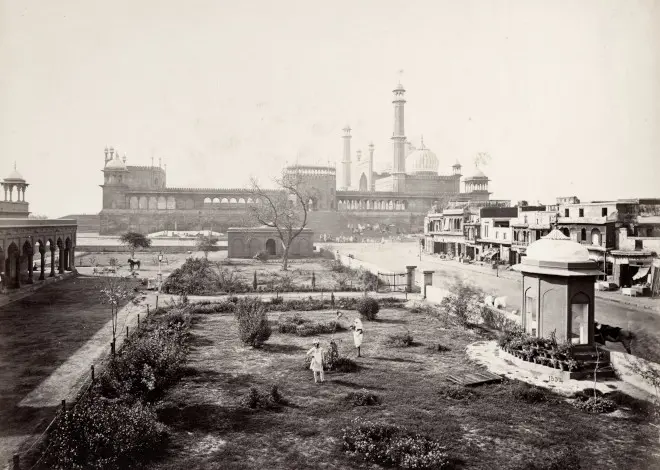

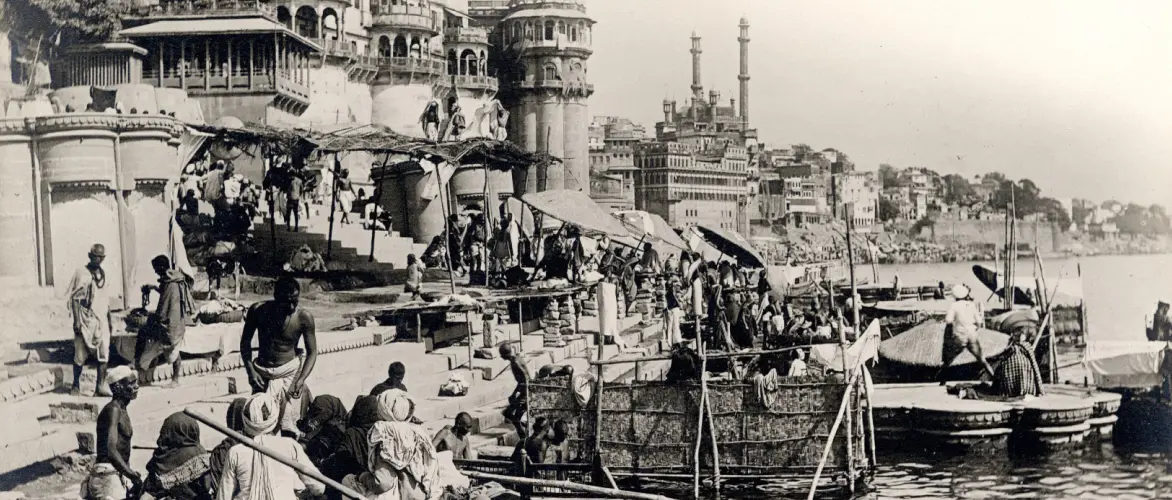

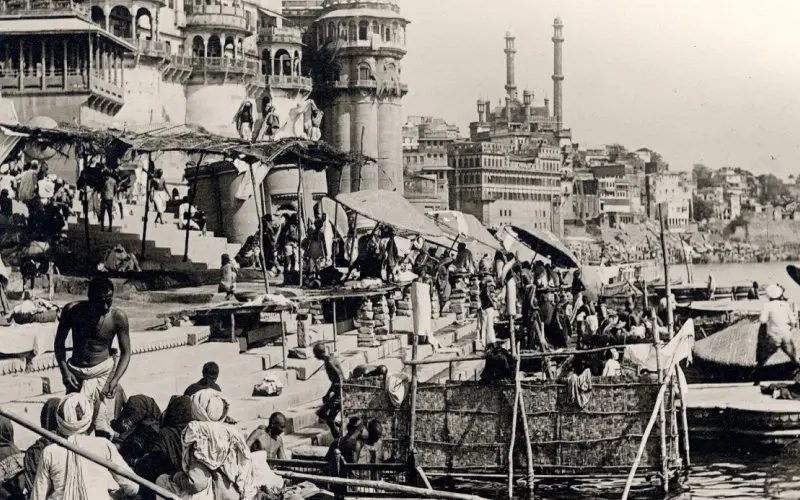
Fanny Bullock Workman was an explorer, travel writer, mountaineer, and vocal supporter of women’s rights. Born in 1859 in Massachusetts, she married William Hunter Workman, 12 years her senior, in 1881 and had two children. Both were keen climbers and spent much of their early years together climbing in the White Mountains in New Hampshire, summiting Mount Washington several times.
Relocating to Germany in 1889, the Workman’s embarked on a series of European cycling tours and climbing expeditions in the Alps with Fanny becoming the first woman to summit Mont Blanc, the Jungfrau and the Matterhorn.
In 1897 the Workman’s embarked on a grueling cycling tour of India, Burma, Java and Ceylon. The tour took two and a half years and covered over 14,000 miles. Travelling from the southern tip of India to Srinagar, the Workman’s were keen to explore the continent’s rich architecture, including the Khajuraho Hindu and Jain temples in Chhatarpur district. They published an account of their journey in ‘Through town and jungle’ (1904). Following completion of their cycle tour, the Workman’s fixed their sights on the Himalayas, completing eight expeditions in the next 14 years, with Fanny setting several new women’s altitude records.
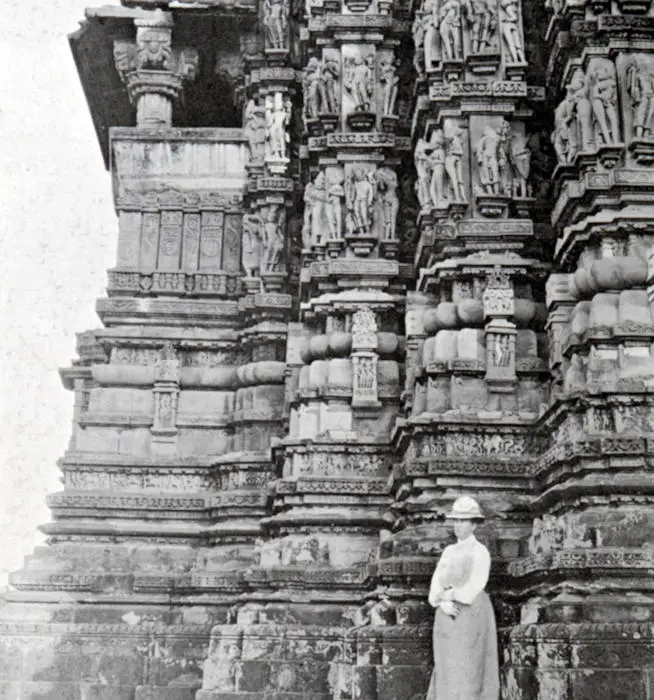
Robert Armitage Sterndale was a British naturalist and statesman who, at the age of 17, left for India to take up an appointment with the East India Company. Sterndale worked in various posts in the financial departments in Nagpur, Calcutta and Punjab, before being appointed as Accountant General for Bombay (1884) and later Madras (1887).
During his time in India, he took a great interest in the natural world, sketching and painting his observations and publishing detailed accounts of Indian wildlife and their behaviour, including ‘Natural History of the Mammalia of India and Ceylon’ (1884). Sterndale was also a keen sportsman and a big game hunter. His book ‘Seonee, or camp life on the Satpura Range’ (1887) vividly describes his encounters in the forests of the Satpura Hill Ranges and on the banks of the Pench river in Madhya Pradesh. His views on big game hunting as a recreation reflected those of the time in Colonial India, however, his detailed observations and vivid descriptions in this book are said to have influenced and inspired conservationists and writers in India at the time, including Rudyard Kipling’s ‘The Jungle Book’ (1894).

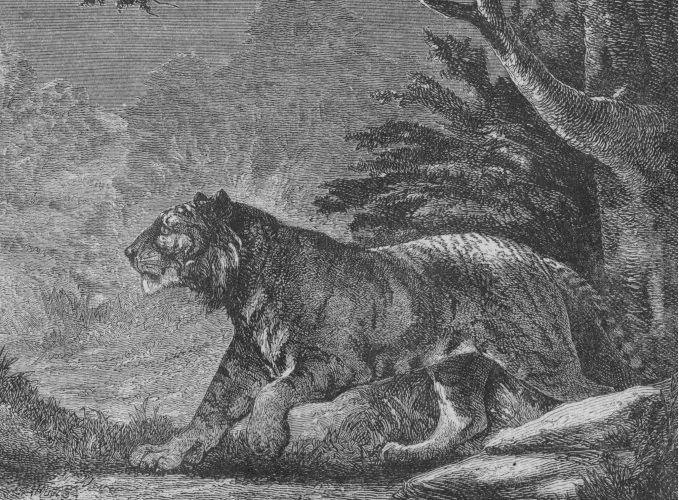
Raj Man Singh Chitrakar is recognised as a pioneer in Nepalese realist artist. Between 1820 and the mid 1850s, he was commissioned by the pioneering naturalist and ethnologist and the British Resident of Kathmandu at the time, Brian Houghton Hodgson, to create illustrations of the architecture and natural history of the Kathmandu Valley.
Guided by Hodgson, Chitrakar learned new watercolour and drawing techniques and the use of the camera obscura to apply Western concepts of lighting and perspective, capturing the subject matter in a realistic, lifelike style. His illustrations contributed to many of Hodgson’s research papers and were used as reference material by James Fergusson in his 1876 book ‘History of Indian and Eastern architecture’.
Chitrakar’s work was so accurate that his sketches and watercolours have been used in recent restoration projects in Nepal following the devastating earthquake in 2015.

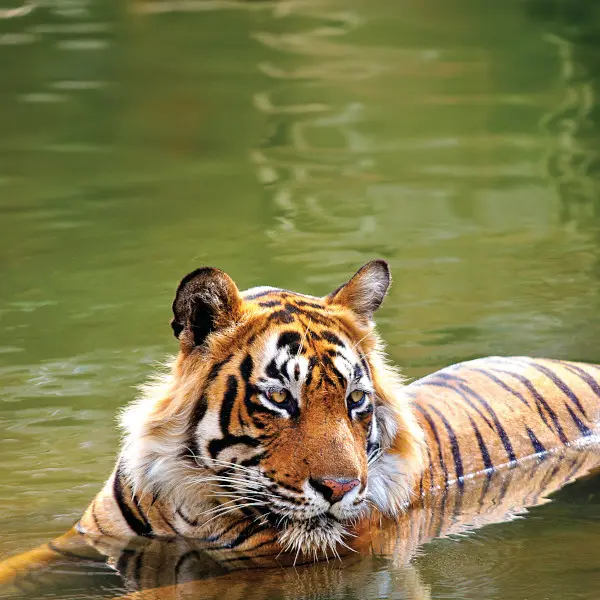
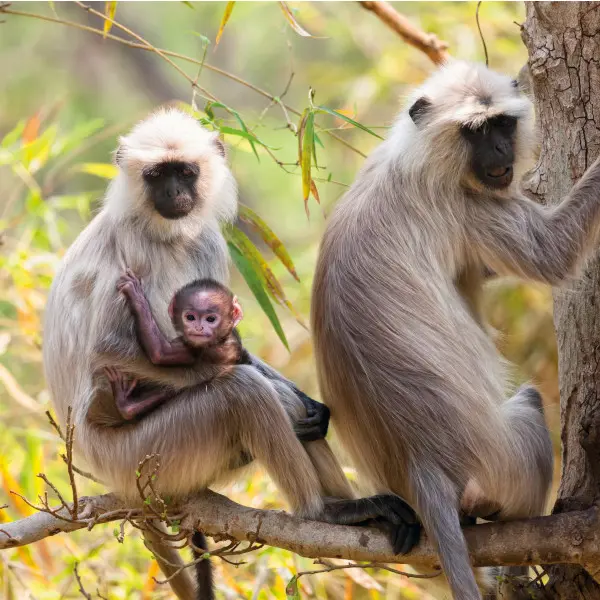

Discover India's diverse landscapes, from historic temples built by ancient dynasties to the forests where Bengal tigers roam freely.

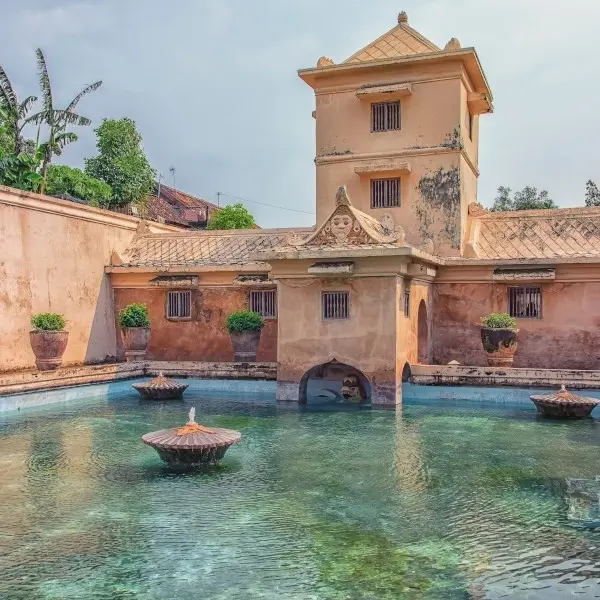
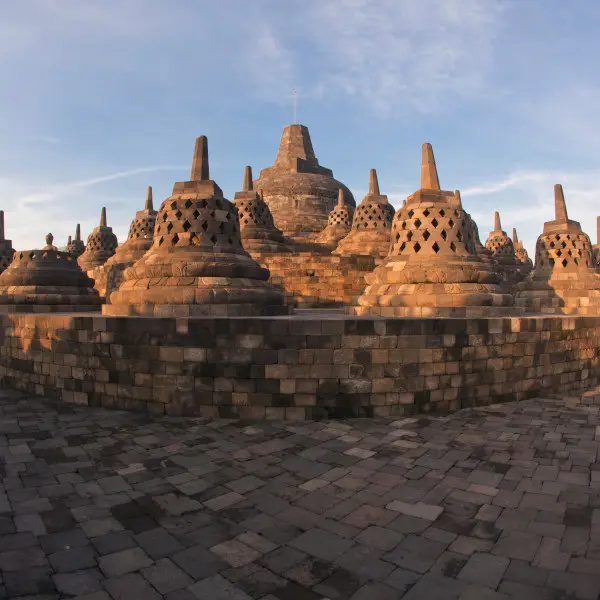
Discover the incredible diversity of Indonesia as you journey through Java and Komodo before unwinding in beautiful Bali


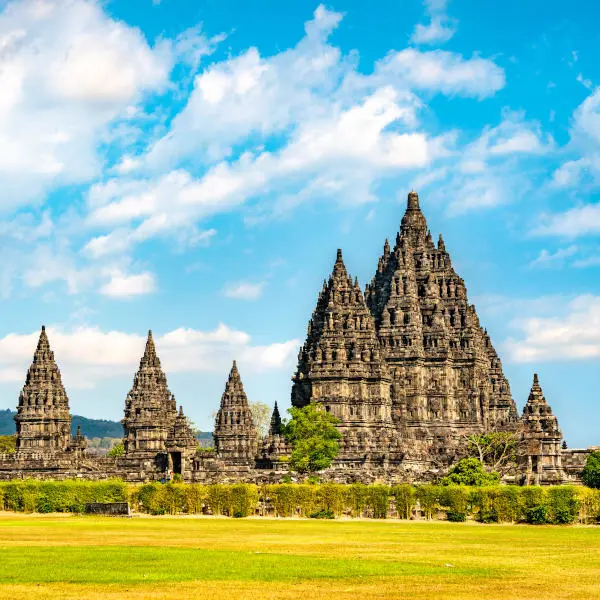
Discover the incredible diversity of Indonesia as you journey through Java and Komodo before unwinding in beautiful Bali with time to explore at your own pace.
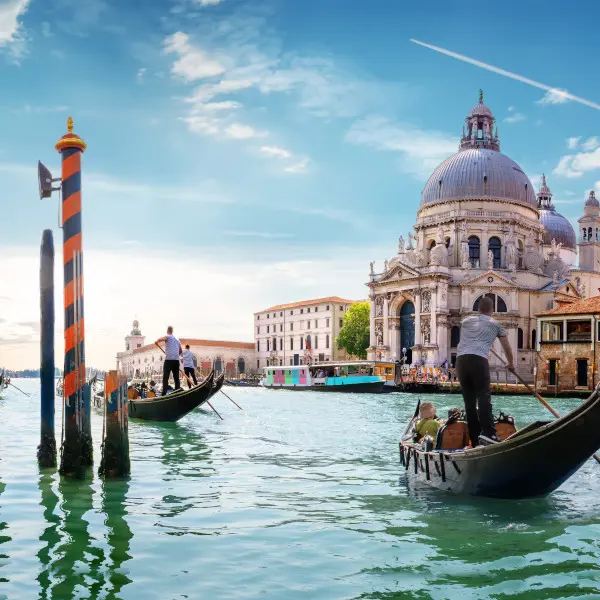
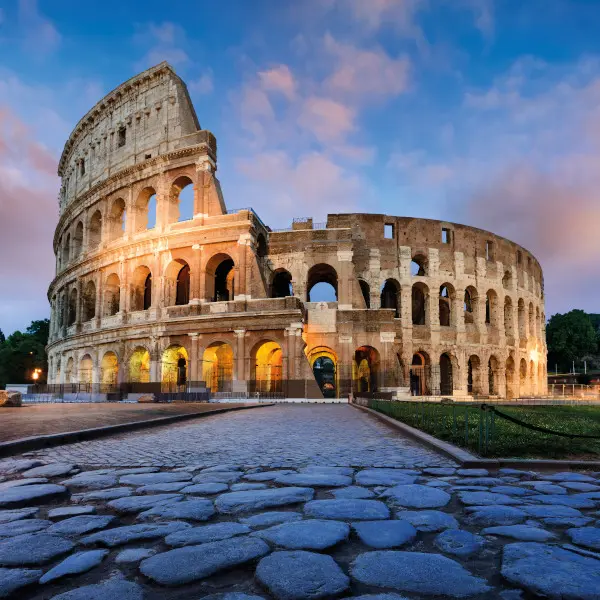
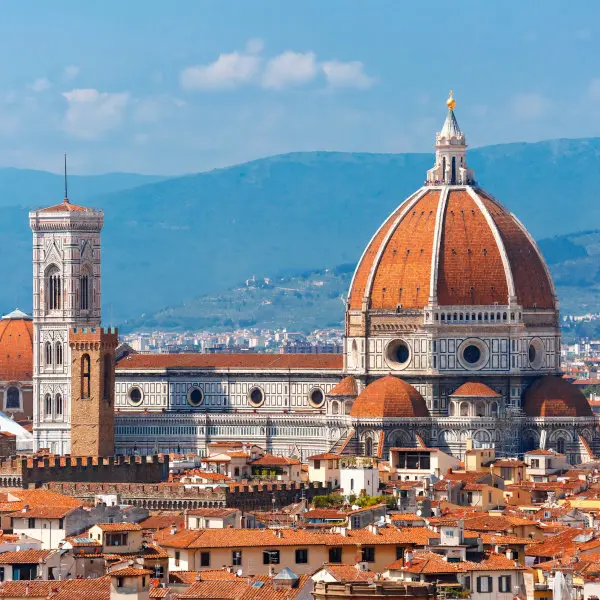
Part of the Royal Geographical Society collection, travel from top to toe and explore Italy’s famous landmarks. Visit iconic cities Venice, Florence and Rome and discover the hidden gems of Pompeii, Sicily and more.
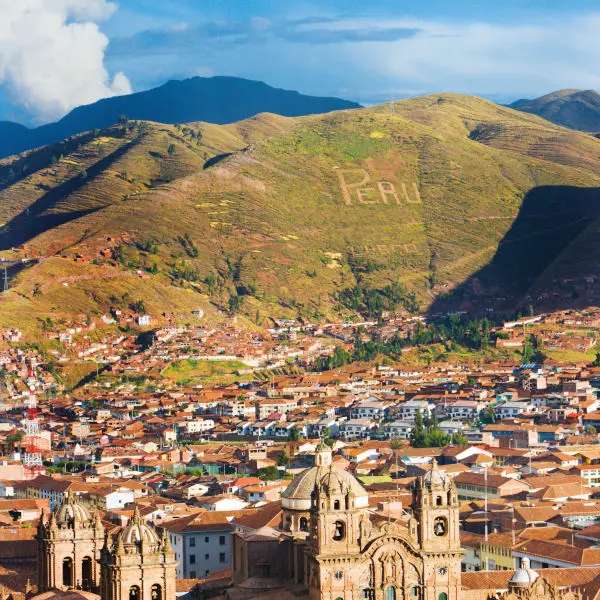


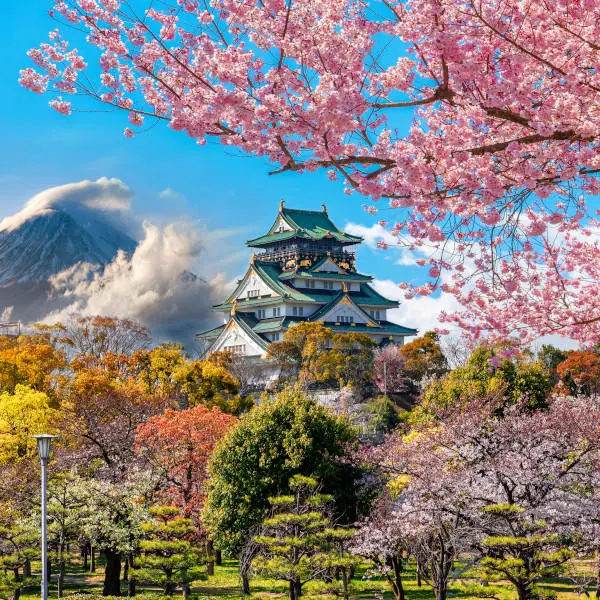
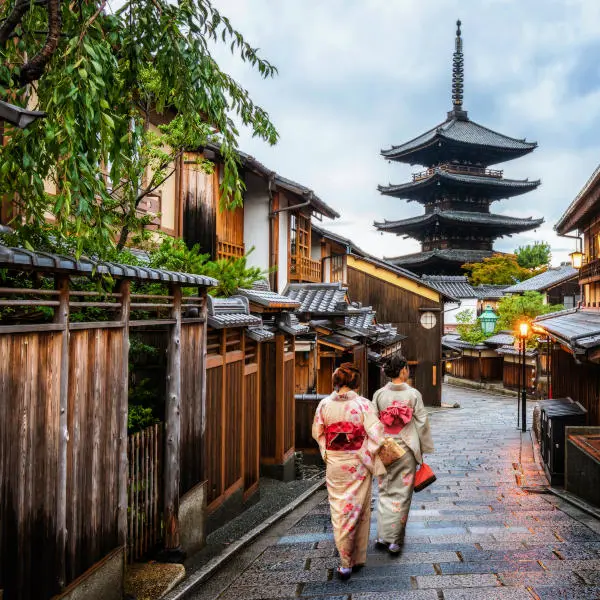
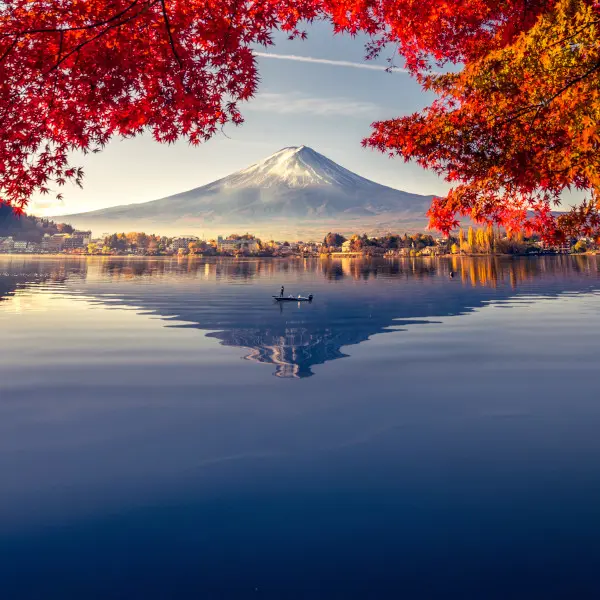
From Tokyo to Kyoto, Osaka and beyond, discover the unforgettable highlights of Japan including an incredible high-speed ride on the Bullet Train.
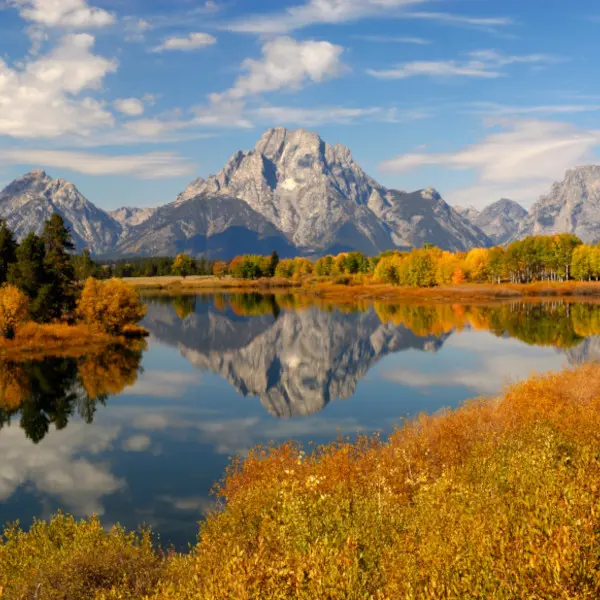
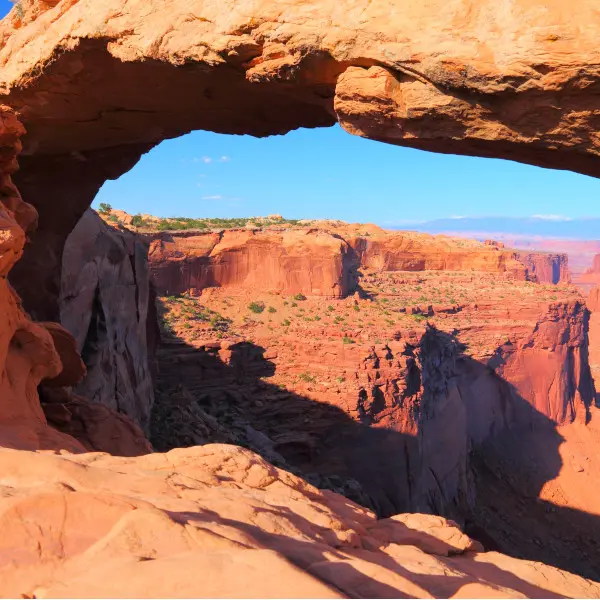
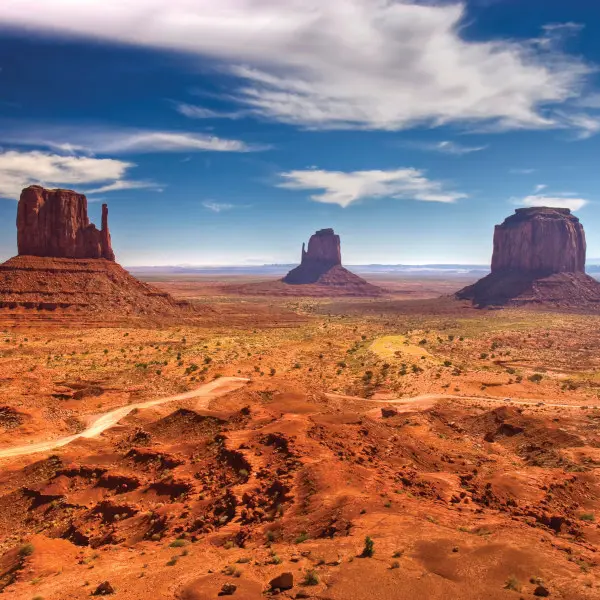
Venture through seven states and be mesmerised by the breath-taking and diverse scenery on this Royal Geographical Society tour to Americas National Parks.
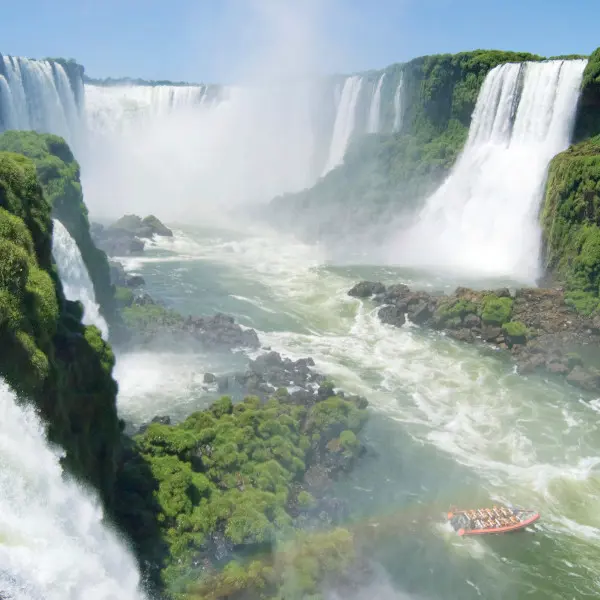
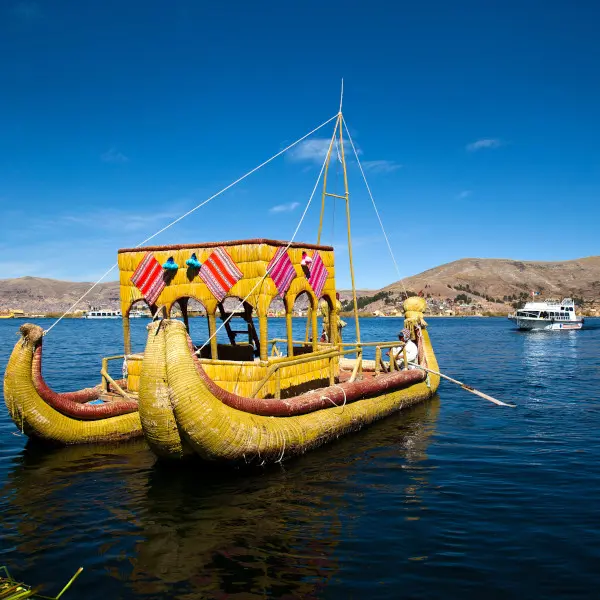

Soak up the spectacular sights and sounds of four Latin American countries - Peru, Bolivia, Argentina and Brazil - on a tour that's strictly for the adventurous.
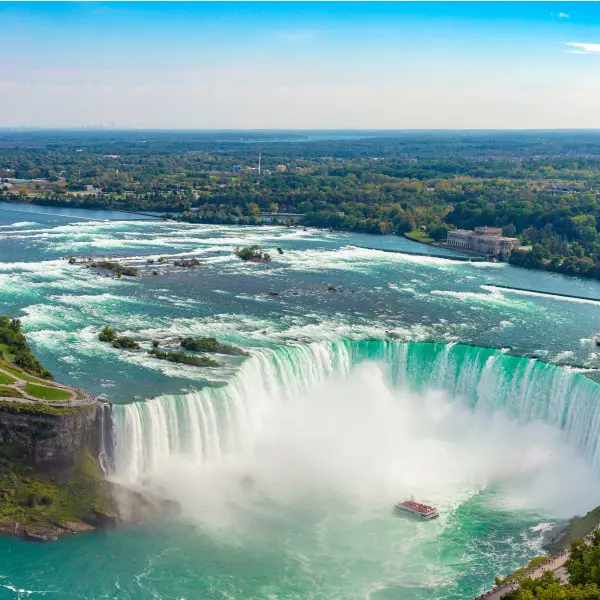
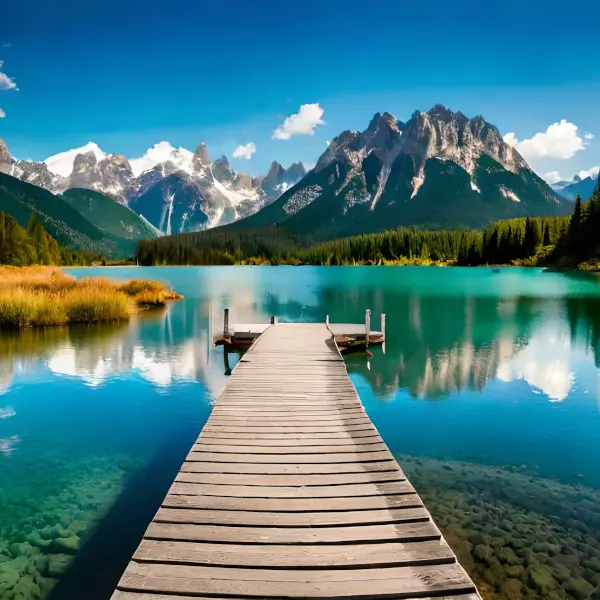
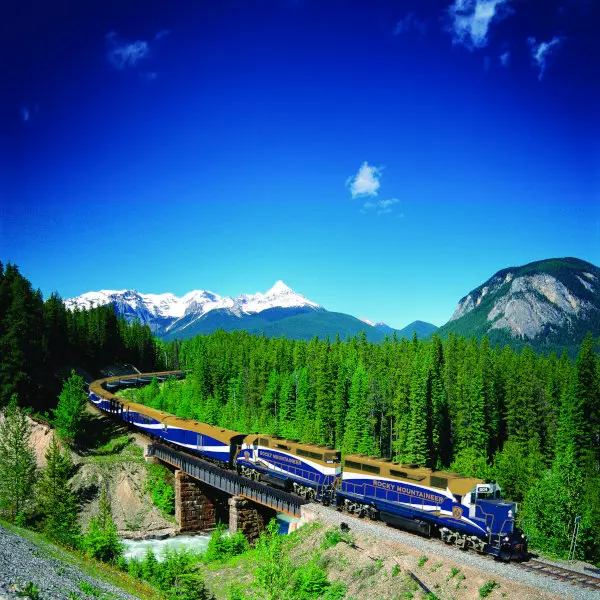
From east to west, this ultimate trip across Canada takes in all the must-see highlights and includes a breathtaking journey on the Rocky Mountaineer train.

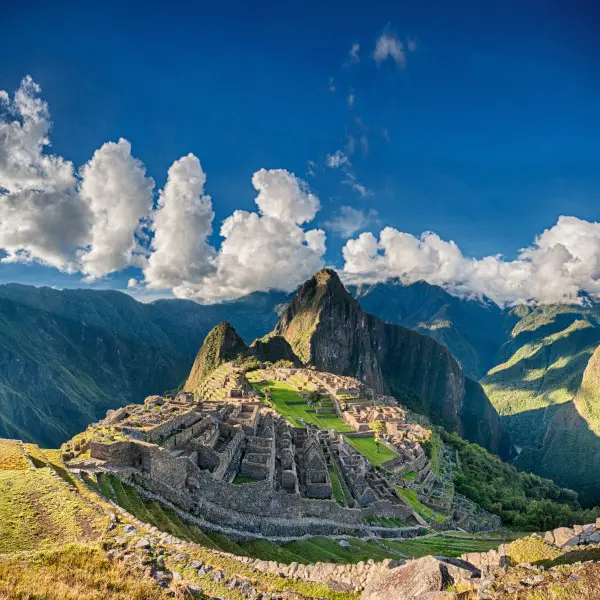

Soak up the spectacular sights and sounds of four Latin American countries - Peru, Bolivia, Argentina and Brazil - on a tour that's strictly for the adventurous. Enjoy extended time in the fascinating city of Rio de Janeiro at the end of your holiday.
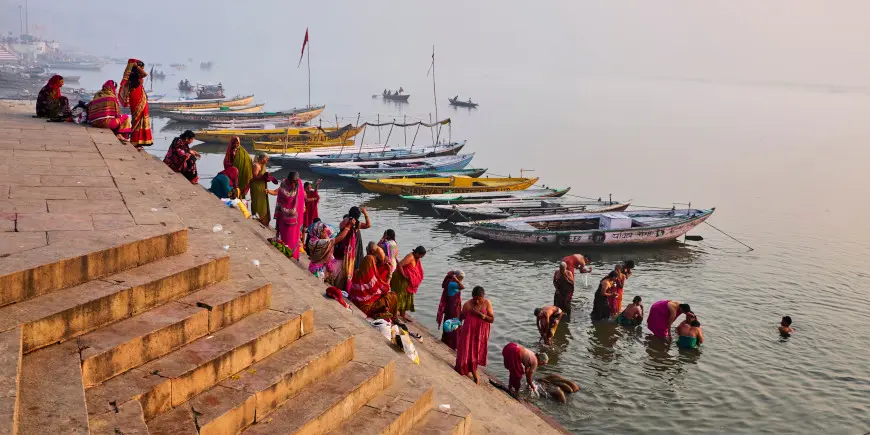

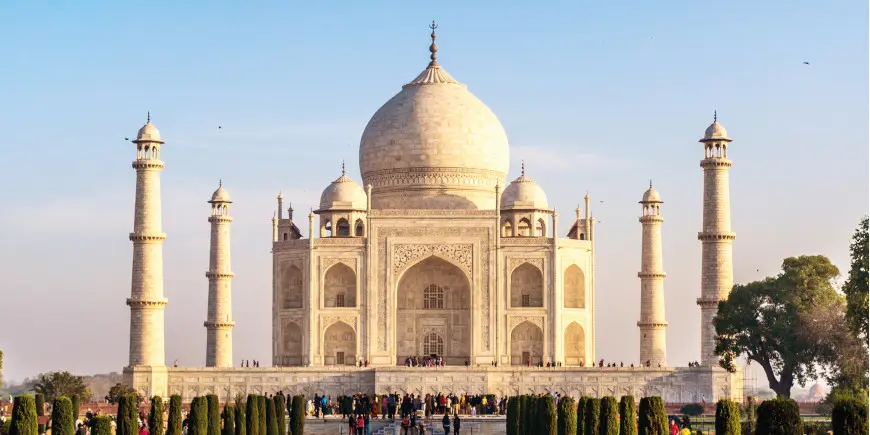
This 18-day journey weaves through India and Nepal's most significant landscapes and cultural treasures.
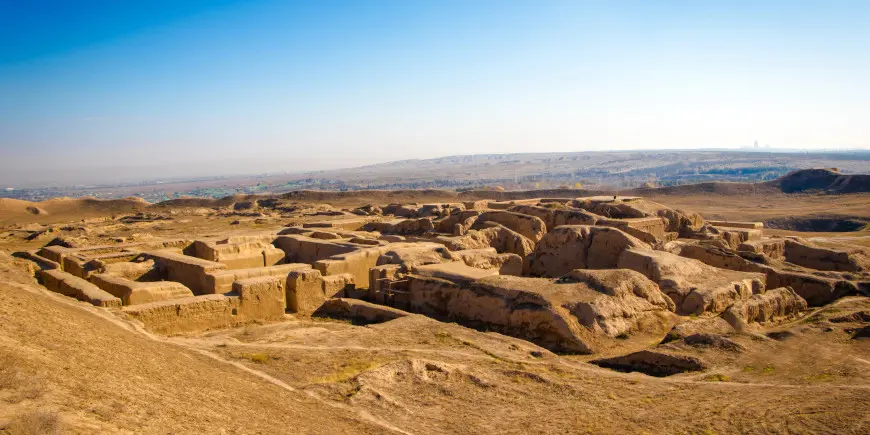
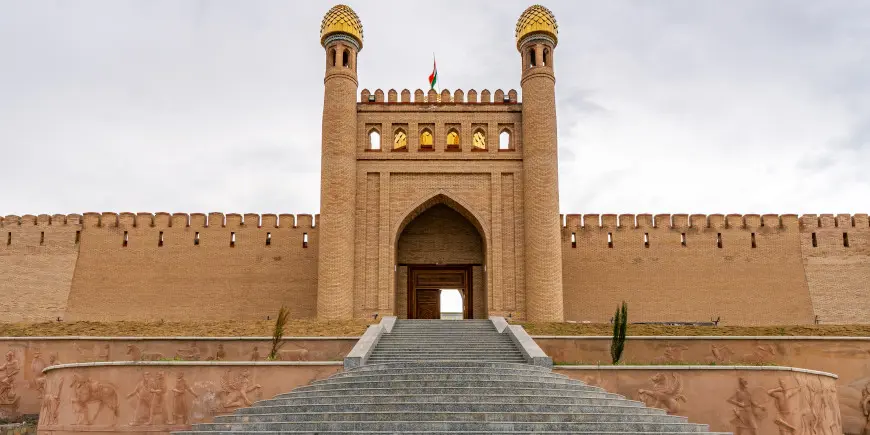
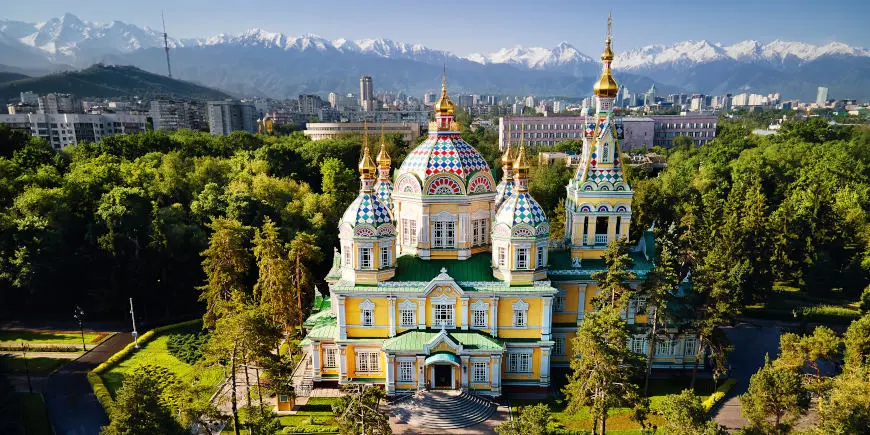
Embark on an unforgettable adventure across the legendary Five Stans of Central Asia on a journey weaves its way through ancient Silk Road cities, breath-taking mountain landscapes, and remote desert wonders.
All historical images (photos, artwork, maps) ©RGS-IBG